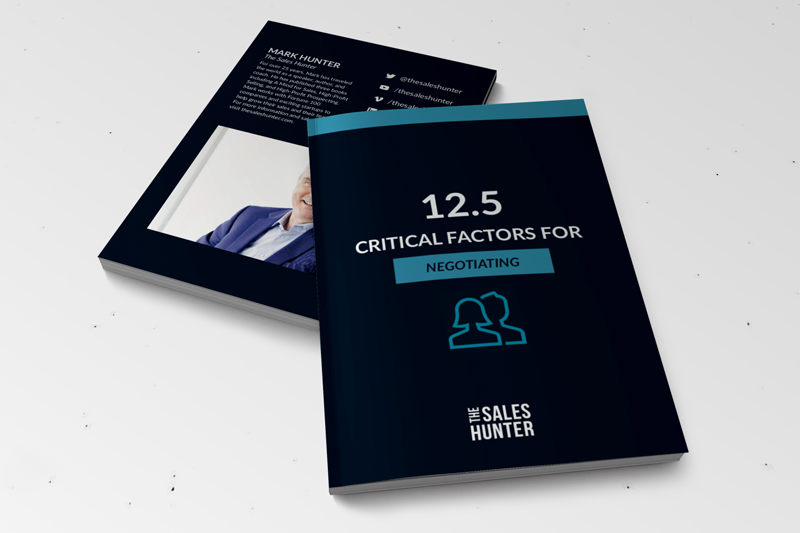How do you segment your leads and your prospects? If you’re like most salespeople, you don’t know how to or at least don’t know how to well. Next, how good are you at finding enough time to prospect? If this is a constant battle for you, you’ll need to learn how to use your time wisely in order to have enough time.
One very efficient way to improve how you use your time is to segment your leads by the level of value they’re able to immediately bring to you. This helps solve two big issues which are spending time with people who aren’t planning to do anything for a long period of time and not giving you enough time to spend on your best prospects.
I know you know how strongly I feel about having a sales pipeline that moves people through fast. The faster you move them through, the more efficient you are and the more value you’re most likely creating for them.
Your objective is to organize your leads / prospects into 3 categories: broad, target, and tight.
Watch this 2-minute video where I explain this process in more detail: “Sales Prospecting Success Secrets”
Your objective is to free up more time to spend with those in your “tight” segment. In order to do so, you must make your “tight” segment the smallest list. Take each lead, or as I like to say “suspect,” and view them as part of one of the following segments: broad or target.
The broad segment is any lead or suspect that has potential but not for a long period of time. It might be a stretch for them to buy from you for one reason or another. You don’t want to discard them, because you still feel like they have value or could possibly lead you to a future customer. These are the contacts that belong on your marketing list, so only reach out to them through your automated campaigns. Every contact in the broad segment should get zero amount of your time! By reaching out to them periodically via marketing, you’re keeping a small level of awareness open. That way they don’t fall off your radar screen completely. In time, some of these leads will move into your target or tight segments, but that won’t happen until you see some indication of movement. Your total amount of time spent with this segment should never exceed 10%.
Target segment is the next category, and many of your leads will be in this group. This is made up of those that fit the profile of the great customer you like to serve. They may also be in the industry you sell to or they have some connection to an existing customer or person that you feel has value. The criteria for the target segment is that each lead or suspect within it has value and most likely within the next six months. Those contacts in your target segment are ones that you plan to reach out to anywhere between once a week and once a month. Specific frequency will vary based on the industry you’re selling to, what you’re selling, frequency of purchase, etc. It’s important to remember that although much of your communication is going to be via email, you should still use the telephone and other means to engage them occasionally. The amount of time you spend with this segment is about 30%.
The last and smallest group is your tight segment. This is where you should spend 60% of your time. The majority of the value and money for both you and the customer is found here. This list should have the least number of contacts. Keep in mind that the fewer the people, the more time you have to spend with each one individually. The more time you spend with them, the greater the value you’ll be able to give them.
By focusing 60% of your time on what could be as few as 20 contacts, you’ll have time to dig deep. This level of focus and intention will allow you to create relationships that go far beyond the initial close. Salespeople who subscribe to this strategy routinely achieve the following three successes: close at a higher percent, close at a higher level and create more lifetime value than their peers.
So, take a look at your prospecting list and ask yourself this important question: how am I spending my time? The more you are able to effectively segment, the better you will be able to use your time and in turn generate more sales.
Copyright 2019, Mark Hunter “The Sales Hunter.” Sales Motivation Blog. Mark Hunter is the author of High-Profit Prospecting: Powerful Strategies to Find the Best Leads and Drive Breakthrough Sales Results












